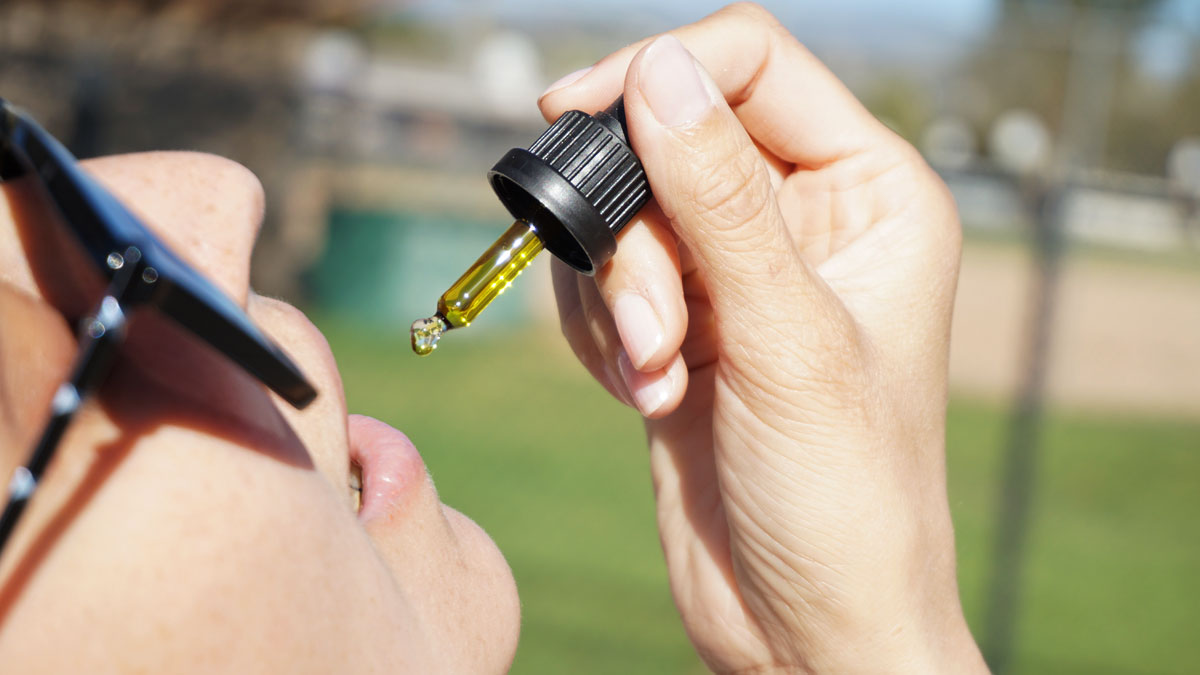In recent years, there has been a significant surge of interest in CBD, or cannabidiol, as a potential wellness aid. CBD is one of over a hundred compounds found in the cannabis plant, known as cannabinoids. Unlike its cousin THC (tetrahydrocannabinol), CBD does not produce the characteristic “high” associated with marijuana use. Instead, it offers a range of potential benefits, from stress relief to pain management.
If you’re in Canada and curious about incorporating CBD into your routine, this article will serve as your comprehensive roadmap to understanding, buying, and safely using cannabidiol.
Understanding CBD in Canada
Before delving into the intricacies of CBD oil in Canada, it’s essential to grasp the basics. CBD is a non-psychoactive compound, meaning it won’t alter your mental state. In Canada, the legality of CBD products is governed by the Cannabis Act. This legislation legalized the use of recreational and medicinal cannabis, setting the stage for CBD’s availability. Under the Act, CBD products are legal as long as they are derived from industrial hemp containing less than 0.3% THC. This means you can confidently explore CBD’s potential without worrying about breaking the law.
Navigating the Legal Landscape
The legal landscape surrounding CBD in Canada might appear daunting at first, but it’s designed to ensure your safety and well-being. Health Canada plays a crucial role in regulating CBD products to maintain quality standards. Before purchasing any CBD product, verify that the manufacturer follows Health Canada’s guidelines and has received proper licensing. Always opt for products that have been third-party lab tested. These tests provide an unbiased analysis of the product’s cannabinoid content and help you make an informed decision.
Buying CBD Products
When it comes to purchasing CBD products, not all suppliers are created equal. To make a wise choice, consider the following factors:
- Source of CBD: Look for products derived from organically grown industrial hemp.
- Extraction Method: CO2 extraction is considered one of the cleanest methods, ensuring a high-quality product.
- Third-Party Testing: Reputable companies provide lab reports that detail the CBD concentration and verify the absence of harmful substances.
Safe Usage Guidelines
Safety is paramount when using any wellness product, and CBD is no exception. If you’re new to CBD, start with a low dosage and gradually increase it until you find your optimal level. This “start low and go slow” approach allows you to gauge your body’s response. Remember, individual responses to CBD vary, so what works for someone else may not be suitable for you.
If you’re currently taking medications, consult your healthcare provider before incorporating CBD into your routine. While CBD is generally well-tolerated, it can interact with certain medications, potentially affecting their efficacy.
Methods of Consumption
CBD products come in various forms, each with its benefits and considerations:
- Sublingual (Under the Tongue): Sublingual oils and tinctures offer quick absorption and precise dosing.
- Oral Ingestion: CBD-infused edibles and capsules provide a convenient way to incorporate CBD into your daily routine.
- Topical Application: Creams, balms, and lotions are designed for localized relief, making them ideal for addressing muscle discomfort.
- Inhalation: Vaporizing with CBD vapes deliver rapid effects but may not be suitable for everyone.
Managing Expectations: Realistic Benefits
While CBD holds promise in various areas, it’s essential to manage your expectations. Scientific research on CBD is still evolving, and while some studies suggest benefits for anxiety, pain, and sleep, it’s not a guaranteed solution. Your experience with CBD might differ from others, so remain open to the possibility that your journey with CBD might involve some trial and error.
Addressing Common Misconceptions
Dispelling misconceptions about CBD is crucial for making informed decisions. One common myth is that CBD can get you “high.” In reality, CBD is non-intoxicating and won’t alter your state of mind. Additionally, CBD is not addictive, making it a safer option compared to some other substances.
Staying Informed and Updated
The world of CBD is dynamic, with ongoing research and developments. To stay informed, follow reputable sources such as Health Canada, medical journals, and well-established CBD brands. As more information becomes available, you’ll be better equipped to make educated choices regarding your CBD use.
Conclusion
Incorporating CBD into your Canadian lifestyle can be a rewarding journey towards improved well-being. By understanding the basics, navigating the legal landscape, and following safe usage guidelines, you can harness CBD’s potential benefits while prioritizing your health and safety. Remember, your experience with CBD is personal, so take the time to explore different products and consumption methods until you find what works best for you. With the right knowledge and approach, CBD can become a valuable addition to your wellness toolkit.
By following this guide, you can embark on your CBD journey with confidence and a clear understanding of how to navigate the Canadian landscape of CBD products. Always prioritize your well-being and make informed choices to ensure a positive experience with CBD.


